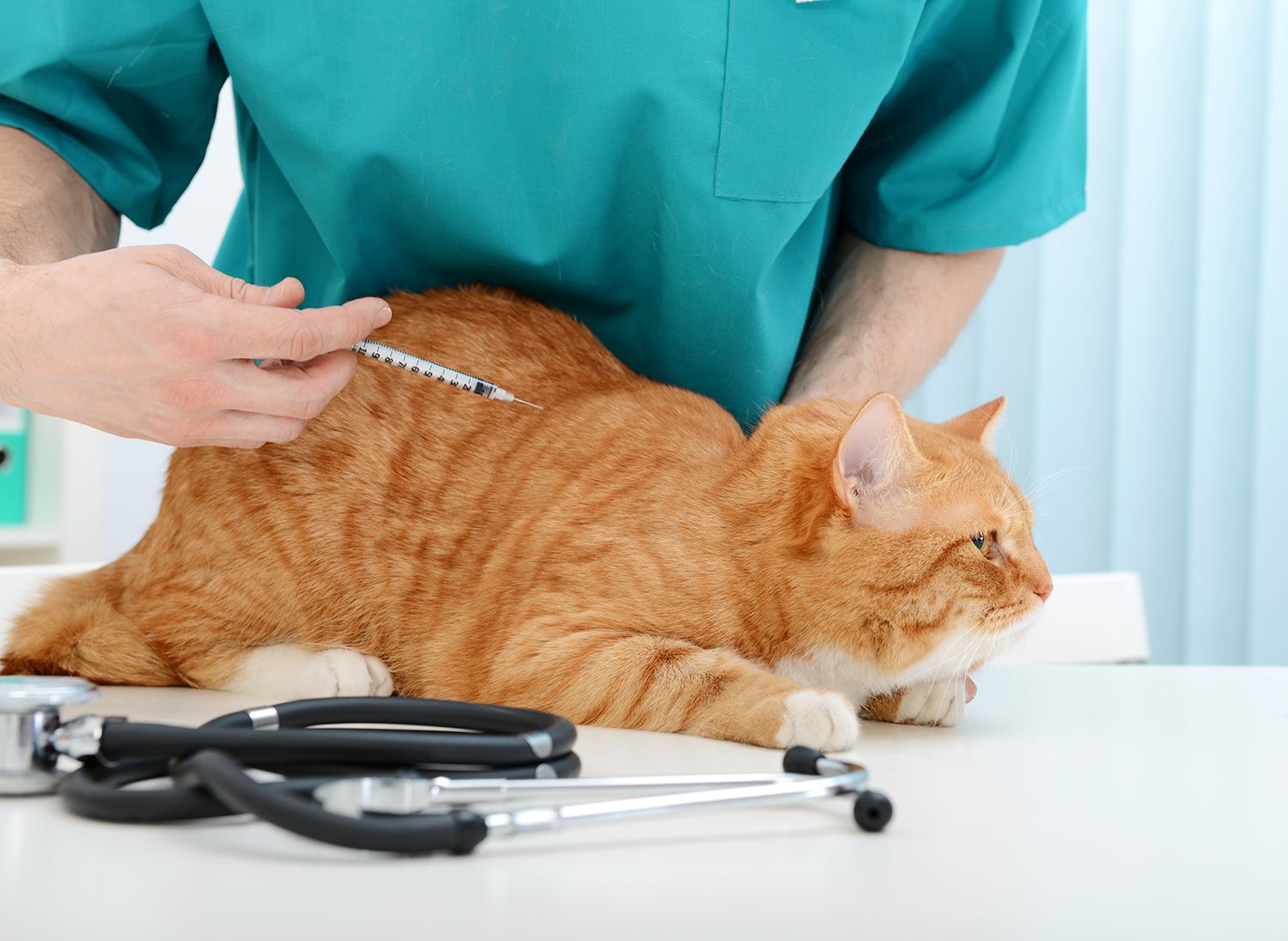Cat Care Guides
Health care guides for cats typically encompass a wide range of topics to ensure the well-being and longevity of these pets. Here are key areas that are often covered in cat health care guides:
Regular Veterinary Visits
This section aims to provide comprehensive information on maintaining your cat's overall health and preventing common health issues.
Regular veterinary check-ups are crucial in cat care, allowing veterinarians to monitor health, detect issues early, and provide tailored preventive care. These check-ups contribute to a longer and healthier life for the cat by addressing specific health concerns, assessing nutrition, and ensuring timely interventions. Customized care based on individual needs is facilitated through consistent veterinary visits, promoting a proactive approach to feline healthcare. Here's a detailed guide on the importance of regular veterinary visits for cat care:
Frequency of Visits
Vaccinations:
Physical Examination:
Parasite Prevention:
Dental Care:
Nutritional Guidance:
Behavioral Consultation:
Diagnostic Testing:
Senior Cat Care:
Client Education:
By prioritizing regular veterinary visits, you play a proactive role in ensuring the longevity and quality of life for your feline companion. Open communication with your veterinarian fosters a collaborative approach to your cat's health care, allowing for early intervention and personalized care.
Nutrition and Diet
Nutrition and diet are foundational elements in ensuring the overall health and well-being of cats. Proper nutrition is essential for supporting their growth, maintaining a healthy weight, and preventing various health issues. In a cat care guide, the section on nutrition and diet provides valuable information on feeding practices, choosing the right cat food, and meeting the specific dietary needs of cats. Here's an explanation of the key components typically covered in the nutrition and diet section of a cat care guide...
Essential Nutrients:
Cats require a balanced diet that includes essential nutrients such as proteins, fats, carbohydrates, vitamins, and minerals. These nutrients play key roles in a cat's overall health and should be provided in a balanced diet. Commercial cat foods are formulated to meet these nutritional needs, ensuring cats receive essential nutrients for their well-being.
Choosing Quality Cat Food:
Choosing quality cat food is essential for meeting your cat's nutritional needs and promoting overall health. It involves understanding how to interpret cat food labels, recognizing key ingredients, and making informed decisions to provide a balanced and nutritious diet for your feline companion. Here's more information on choosing quality cat food:
Life Stage-Specific Nutrition:
Life stage-specific nutrition involves providing cats with a diet tailored to their specific age and developmental needs. Choosing cat food designed for their life stage ensures they receive the appropriate nutrients for optimal health at each stage of life. Here's a brief overview:
Feeding Guidelines:
Feeding guidelines provide recommendations on portion sizes, feeding frequency, and other considerations to ensure that cats receive the appropriate amount of food for their age, weight, and activity level. Feeding guidelines are essential for maintaining a cat's health and preventing common issues related to overfeeding or nutrient imbalances. They serve as a valuable tool for cat owners to ensure their feline companions receive the right amount of nutrition tailored to their individual needs.
Homemade and Raw Diets:
Homemade and raw diets for cats involve preparing cat food at home using raw or minimally processed ingredients. While some cat owners choose these diets for perceived benefits, it's important to approach them with caution and ensure they meet the nutritional needs of cats like ingredients, balance nutrients, cooking methods etc. Homemade and raw diets can be challenging to balance correctly, and their safety and nutritional adequacy depend on careful planning and veterinary oversight. Before transitioning to such diets, it's essential to consult with a veterinarian to ensure they meet the specific needs of individual cats.
Specialized Diets:
Specialized diets for cats refer to cat foods designed to address specific health conditions or dietary requirements. Specialized diets for cats, such as prescription diets, weight management diets, and limited ingredient diets, are formulated to address specific health conditions or dietary requirements under veterinary supervision, providing targeted nutrition to manage or prevent certain issues.
This nutrition and diet section aims to empower cat owners with the knowledge to make informed decisions about their cat's diet, promoting longevity, vitality, and overall health. It serves as a comprehensive guide for cat owners to navigate the complexities of feline nutrition.
Grooming
Grooming is an essential aspect of cat care that goes beyond maintaining their physical appearance. It helps prevent health issues, strengthens the bond between you and your cat, and contributes to their overall well-being. Here's a detailed guide on grooming for cat care:
Brushing:
Bathing:
Nail Trimming:
Ear Cleaning:
Eye Care:
Dental Care:
Handling Stress:
Professional Grooming:
Health Check:
Regular grooming not only keeps your cat looking their best but also contributes to their health and happiness. Building a positive association with grooming from a young age and being patient and gentle will make the experience more enjoyable for both you and your feline friend.
Safe Outdoor Access
Safe outdoor access for cats refers to providing an environment that allows your cat to experience the outdoors while ensuring their safety and well-being. While some cats are content staying indoors, others may benefit from supervised outdoor time. Here are considerations and tips for providing safe outdoor access for your cat:
Supervised Outdoor Time:
Enclosed Outdoor Spaces:
Fenced Yards:
Identification:
Outdoor Hazards:
Supervision and Monitoring:
Regular Health Checks:
Weather Considerations:
Enrichment and Comfort:
Safe outdoor access can enrich your cat's life by allowing them to engage with their natural environment. However, it's crucial to prioritize their safety and take steps to mitigate potential risks. Always adapt your approach based on your cat's comfort level and individual personality. Regularly assess the outdoor space for safety and make adjustments as needed to ensure a positive and secure experience for your feline
Enrichment and Play
Enrichment and play are essential components of a cat's life, contributing to their physical and mental well-being. Cats are natural hunters, and providing opportunities for play and mental stimulation helps satisfy their instinctual behaviors. Here's a deeper look at enrichment and play for cats:
Enrichment:
Interactive Play:
Solo Play:
Puzzle Feeders:
Scratching Posts:
Hide-and-Seek Games:
Training Sessions:
Rotating Toys:
Interactive Technology:
Outdoor Enclosures:
Observation Points:
Playtime Consistency:
Enrichment and play are crucial for maintaining a happy and healthy cat. It not only provides physical exercise but also stimulates their minds and satisfies their natural instincts. By incorporating a variety of enrichment activities, you can create a stimulating and engaging environment that enhances your cat's overall quality of life.

